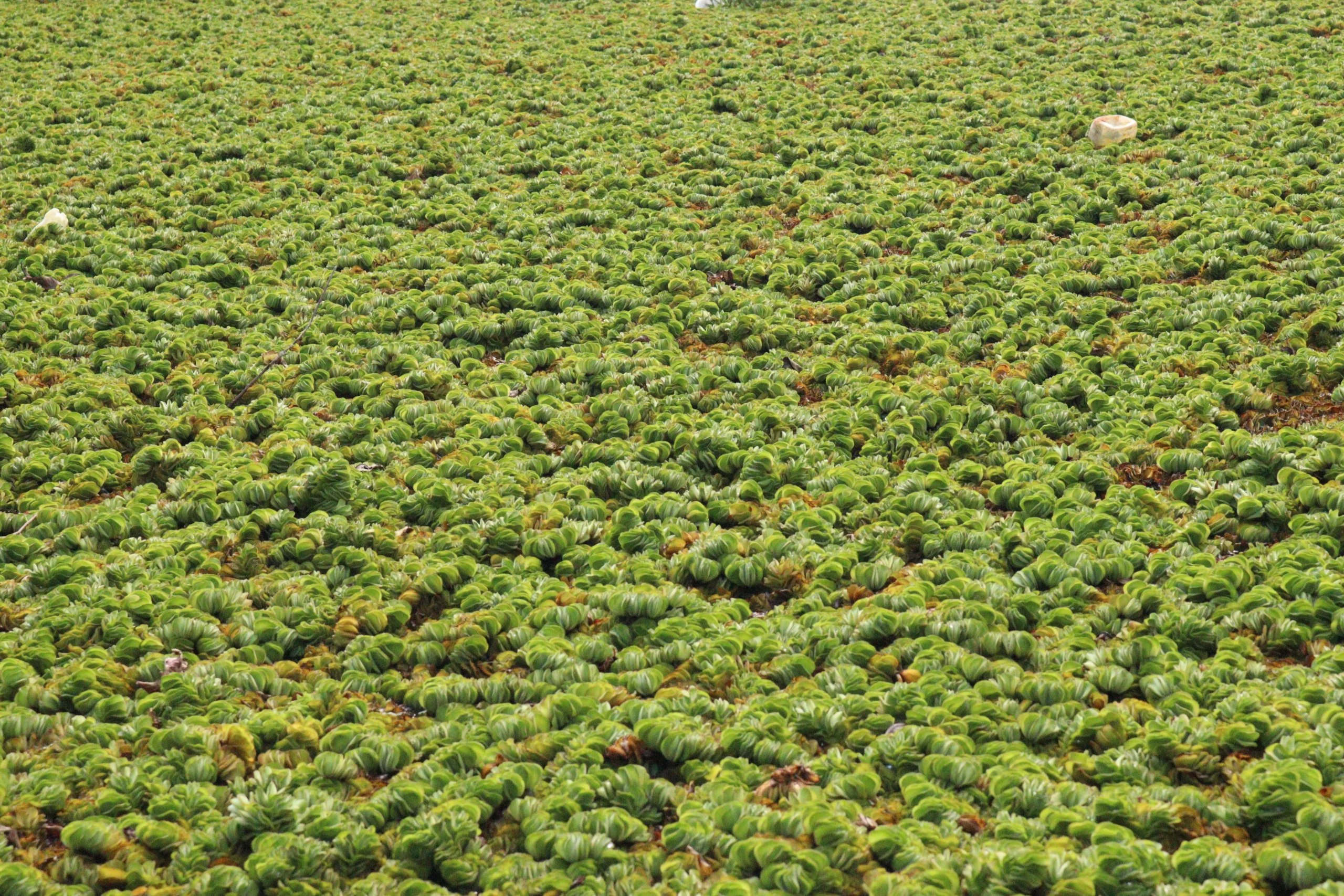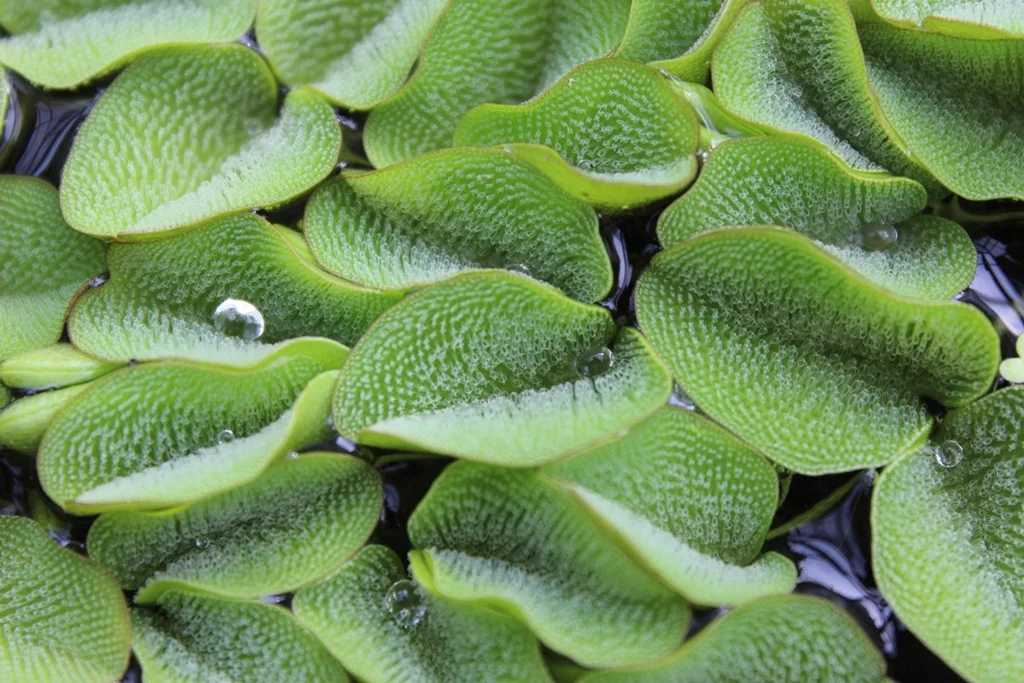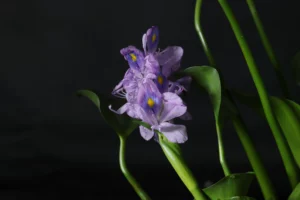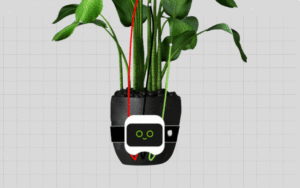
Salvinia is a fascinating genus of floating aquatic ferns known for its unique and intricate leaf structures. These plants are found in various freshwater habitats worldwide, thriving in calm, still waters where they form dense mats on the surface. One of the most remarkable features of Salvinia leaves is their specialized structure that enables them to remain buoyant and effectively repel water.

Each leaf of Salvinia is divided into two parts: an upper surface that faces the air and a lower surface that faces the water. The upper surface is covered with tiny, water-repellent hairs known as trichomes. These trichomes are highly hydrophobic, meaning they repel water effectively. This adaptation allows the leaves to remain dry on the upper surface, even when submerged, creating a waterproof barrier that enhances buoyancy.
The lower surface of the leaf is submerged in water and is equipped with a network of fine, branching hairs. These hairs trap a thin layer of air against the leaf surface, further contributing to the plant’s buoyancy. This air layer acts like a cushion, reducing the leaf’s overall density and enabling it to float effortlessly on the water’s surface.

The combination of hydrophobic trichomes on the upper surface and air-trapping hairs on the lower surface is a remarkable adaptation that serves multiple purposes for Salvinia. It ensures buoyancy and helps in nutrient uptake and gas exchange. The trapped air layer facilitates the diffusion of gases such as oxygen and carbon dioxide between the submerged tissues and the surrounding water, essential for the plant’s survival.

Moreover, the leaf structure of Salvinia plays a crucial role in its ecological niche. By forming dense mats on water surfaces, Salvinia provides habitat and refuge for various aquatic organisms, including insects, small fish, and microorganisms. These mats can also help in water purification by absorbing excess nutrients and pollutants from the water.
In summary, Salvinia’s specialized leaf structure is a marvel of natural engineering, perfectly adapted to its aquatic environment. Through a combination of hydrophobic trichomes and air-trapping hairs, these plants achieve buoyancy, maintain a dry upper surface, facilitate gas exchange, and support diverse aquatic ecosystems. Studying Salvinia enriches our understanding of plant biology and highlights nature’s ingenuity in adapting to diverse environmental challenges.
References
- www.calflora.org. (n.d.). Salvinia molesta Calflora. [online] Available at: https://www.calflora.org/app/taxon?crn=8734.
- Parys, K. and Mikulyuk, A. (2022). Salvinia molesta (kariba weed). CABI Compendium, CABI Compendium. doi:https://doi.org/10.1079/cabicompendium.48447.
- Thomas, P.A. and Room, P.M. (1986). Taxonomy and control of Salvinia molesta. Nature, 320(6063), pp.581–584. doi:https://doi.org/10.1038/320581a0.
- Wa.gov.au. (2020). Salvinia: declared pest | Agriculture and Food. [online] Available at: https://www.agric.wa.gov.au/declared-plants/salvinia-declared-pest.
- apps.lucidcentral.org. (n.d.). Fact sheet – Salvinia (463). [online] Available at: https://apps.lucidcentral.org/ppp_v9/text/web_full/entities/salvinia_463.htm.



